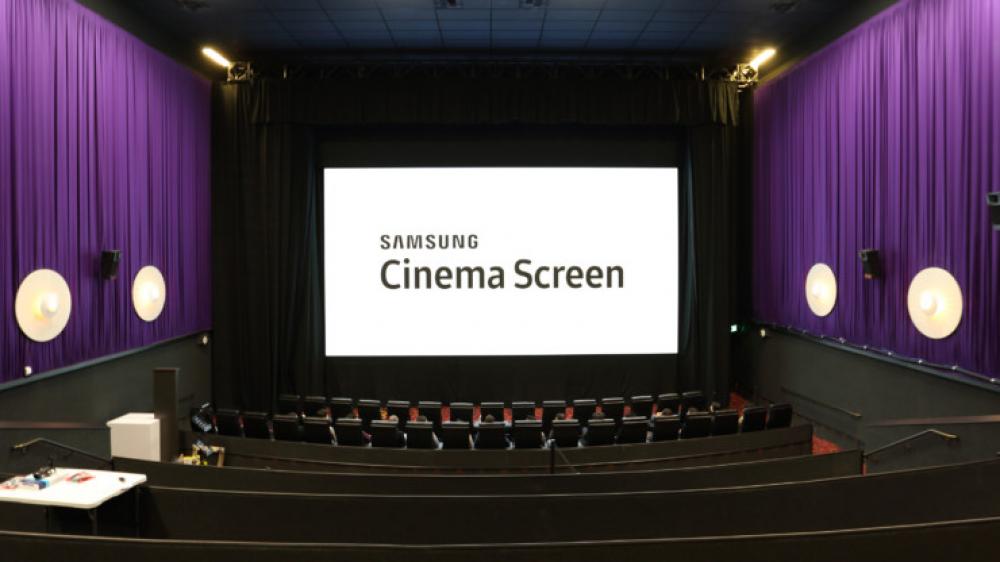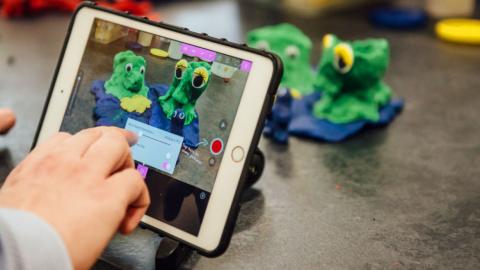New Film Technology: Samsung LED Cinema Screen – Revolution or Bust?
Share with friends

Samsung describes their new screen as an attempt to win moviegoers back into theaters.
In late April, Samsung revealed the USA’s very first LED cinema screen at a theater in Chatsworth, CA. Ready Player One was the first movie shown on this new screen at Pacific Theaters Winnetka.
This new exhibition system is wildly different from traditional theater projection systems. It’s similar to a television screen, so it eliminates the need for a projection booth.
The Cinema Screen is able to play the same DCI-compliant Digital Cinema Package as film print, with images at standard dynamic range. If the images are high dynamic range (HDR), the film would need a separate version to be deliverable (similar to needing multiple versions for digital 2D, 3D, Imax, etc.), which also means more money and time in post production. However, HDR allows images to be comprised of a broader range between the blackest black and the whitest white.
The LED screen is much brighter than traditional cinema screens (a difference of about 74 foot-lamberts). It is 18 feet tall and 34 feet wide, and supports 4K resolution. It also costs a whole lot of money, between $500,000 and $800,000. It is expected to last about 17 years. The screen can be used alongside ambient light in the same room, which would make them a good for gaming, dine-in theaters, etc.
Samsung describes their new screen as an attempt to win moviegoers back into theaters. However, no one is sure if the average moviegoer will be able to see the difference, and if they will justify paying a premium for the screen experience. Cinematographers are concerned about post production with HDR in the digital realm, as images can be altered and manipulated too easily.
The LED screen becomes a little complicated when it comes to sound, as well. Traditionally, speakers are directly behind the screen. This is not possible with this screen. For this theater in CA, a professional cinema sound audio system was developed and speakers were placed directly above the screen, made to seem like the sound is coming from the screen itself, and another speaker in front to bounce elevated frequency sounds off the screen and to the audience.
Some folks see promise in the LED screen, while others are skeptical of its practicality. We will have to wait and see if this turns into the next movie-going cinema fad.
Read more about Samsung's new cinema screen here!




